Are you worried that your creative work might be misused without your permission? Copyright infringement can be a daunting issue for artists, writers, and content creators alike. In this article, we'll guide you through the essential steps to draft an effective copyright infringement notice that can protect your rights. Stick around to learn how to safeguard your intellectual property and take control of your creative assets!
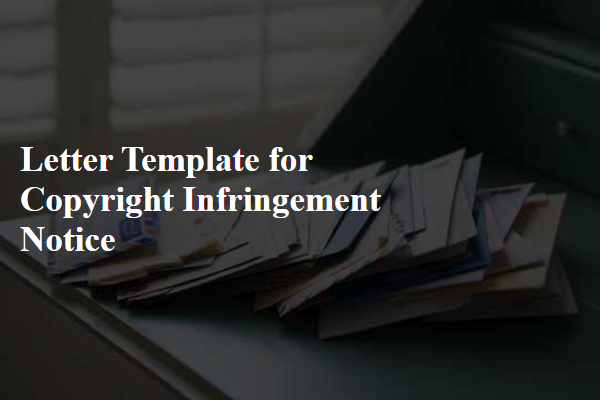
Identification of copyrighted work
The identification of copyrighted work involves clearly defining the specific piece subject to copyright protection, such as a book, song, film, or artwork. For example, an original painting titled "Sunset at the Lake" created by renowned artist Emily Smith in 2020 holds copyright under U.S. law, registering under the Library of Congress. This artwork features a vibrant depiction of a serene lake at dusk, showcasing the artist's signature brush techniques. The identification should include the title, creator's name, date of creation, registration details, and a brief description to establish context and ownership. Proper identification ensures that the rights of the creator are recognized, aligning with copyright laws designed to protect original works from unauthorized use.
Description of infringing material
The unauthorized use of copyrighted material, including images, videos, and text, has been identified on the website www.example.com. The infringing content, which includes a detailed infographic created for a marketing campaign (published on January 10, 2022) featuring unique graphics and proprietary statistics regarding consumer behavior, blatantly violates copyright laws. This infographic, originally designed by ABC Marketing Inc. and protected under U.S. Copyright Registration Number 123456, is prominently displayed without permission, directly affecting our intellectual property rights. Additionally, social media posts utilizing excerpts from our original articles about digital marketing strategies, published on key platforms during March 2023, further exemplify this infringement. The continued presence of this material poses significant harm to our brand and reputation.
Contact information of the complainant
The contact information of the complainant in a copyright infringement notice typically includes essential details such as the name of the individual or organization filing the complaint, their address (including city, state, and zip code), phone number (both primary and secondary), and email address. This information allows the receiving party to reach out for clarification or further communication regarding the alleged infringement. Additionally, including any relevant identification numbers, such as a copyright registration number, can strengthen the validity of the complaint. Providing accurate and complete contact information facilitates efficient resolution of the issue at hand.
Statement of good faith belief
A clear statement of good faith belief regarding copyright infringement indicates the sincere conviction that copyrighted material has been used without permission. This belief arises from knowledge of relevant copyright laws, particularly Title 17 of the United States Code, which protects original works of authorship. The notice includes essential details such as the specific copyright owner's name, the exact work being infringed, and the link or location where the infringing material can be found. It also outlines the steps taken to confirm the infringement, demonstrating diligence and intent to uphold copyright protections. Clearly articulating these points helps establish a firm basis for any subsequent legal actions, fostering a transparent resolution process.
Signature of the copyright owner or authorized agent
The signature of the copyright owner or authorized agent represents a formal acknowledgment and assertion of ownership over intellectual property rights. This signature typically appears on copyright infringement notices, such as DMCA takedown requests, outlining the identity of the claimants. The copyright owner may include their name, title, and contact information to establish legitimacy. This signature serves as a legal affirmation of the rights held under laws like the U.S. Copyright Act, providing a basis for the enforcement of copyright protections against unauthorized use or distribution of creative works.

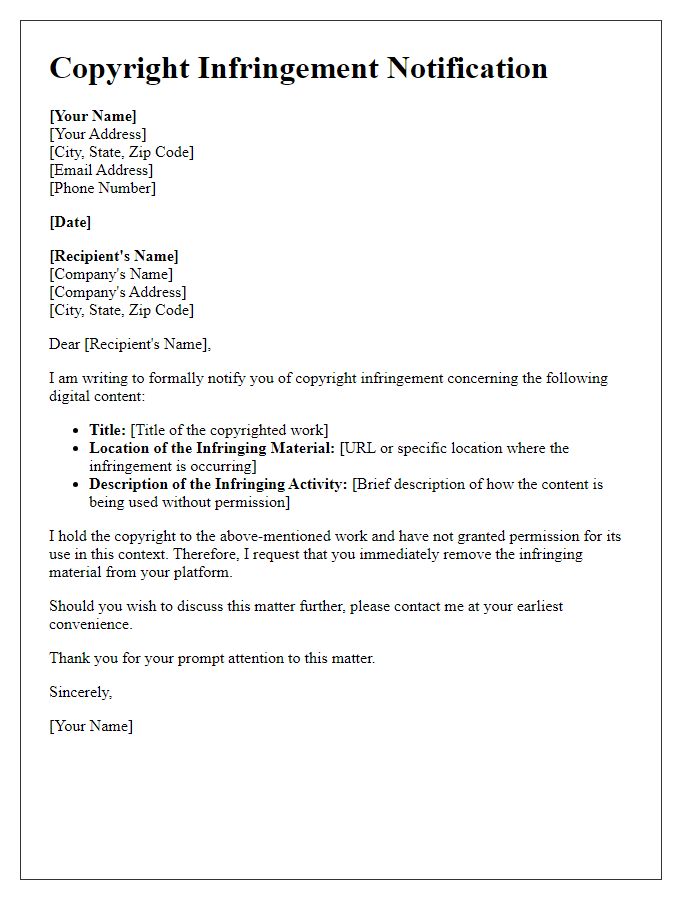
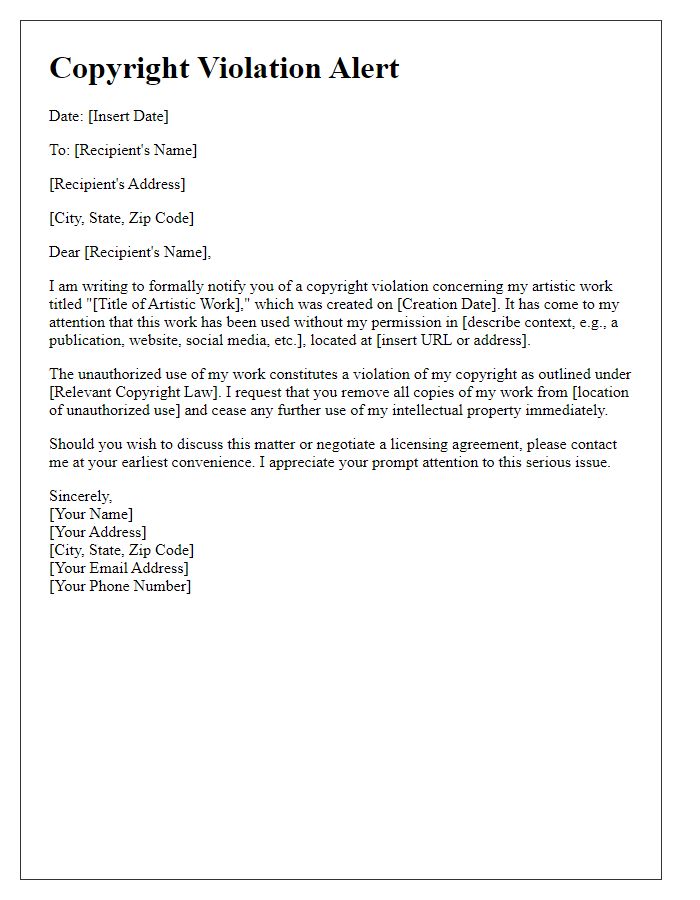
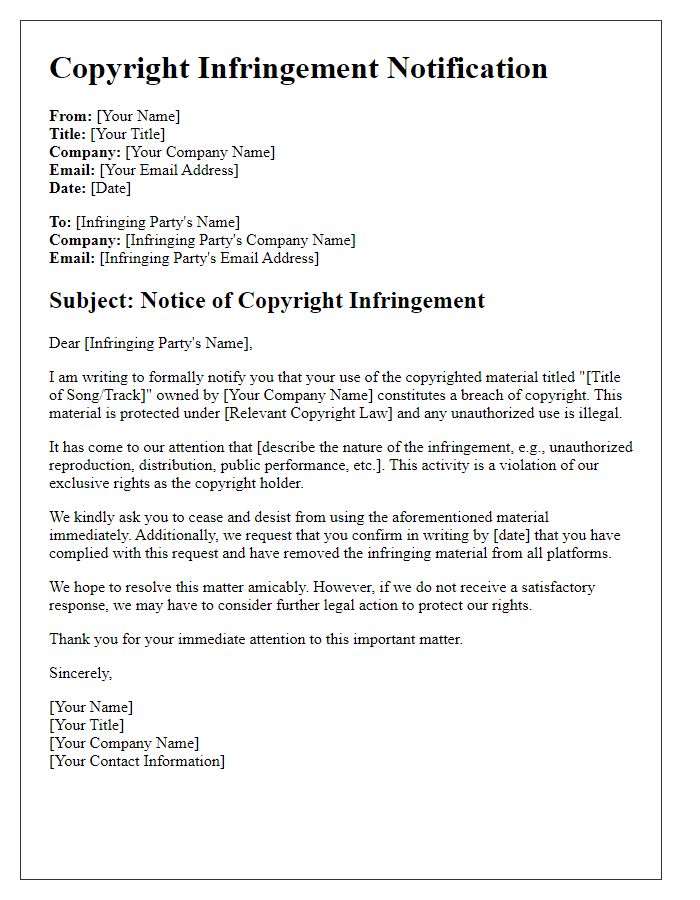
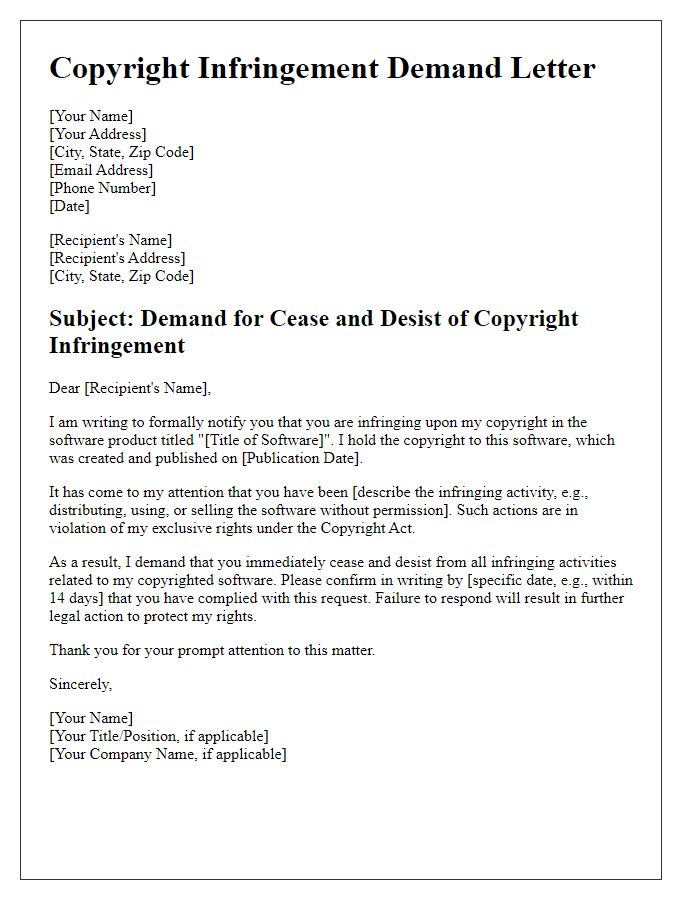
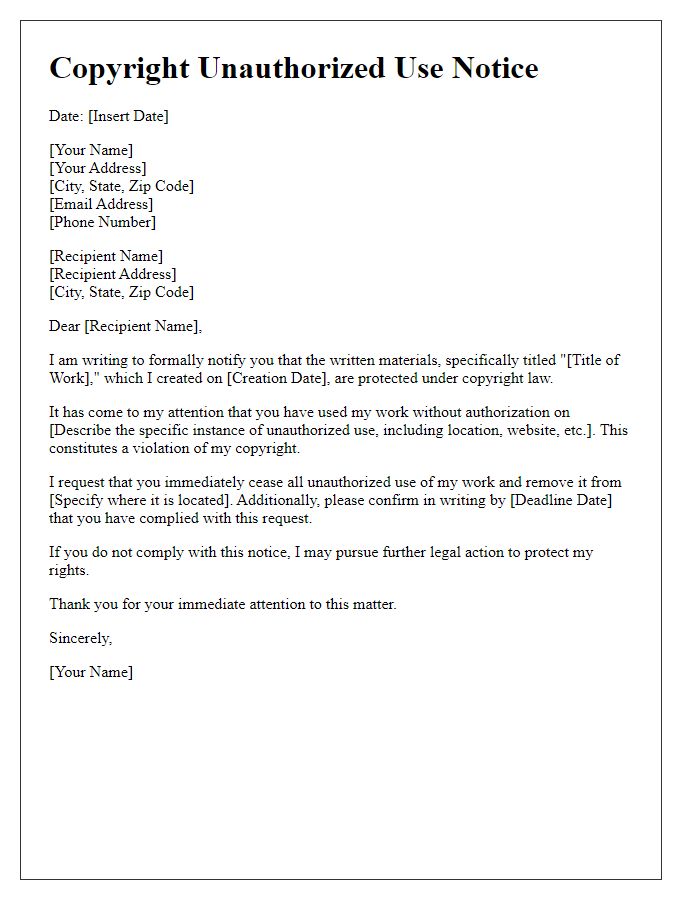
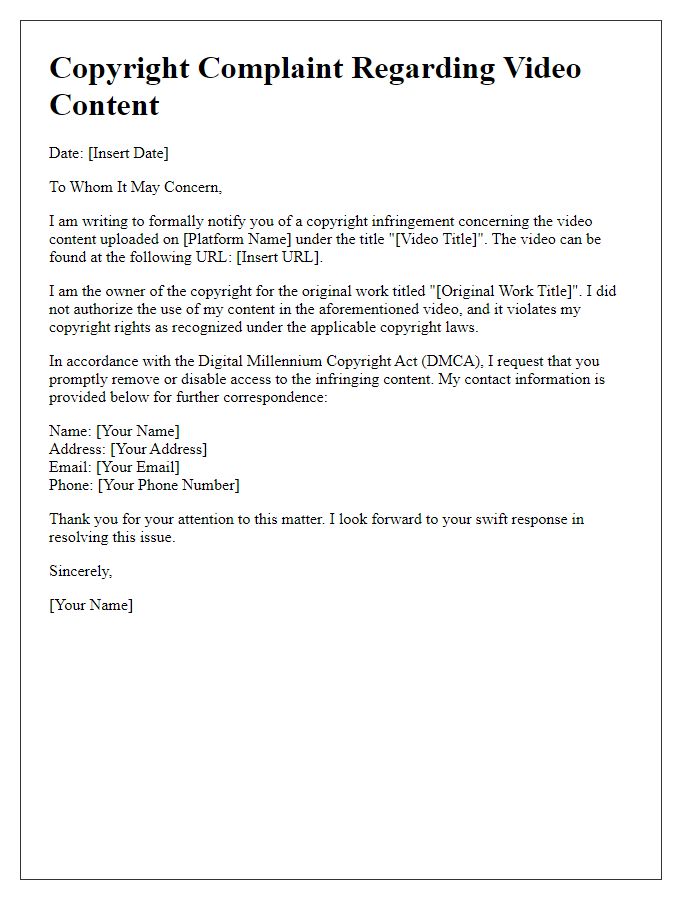
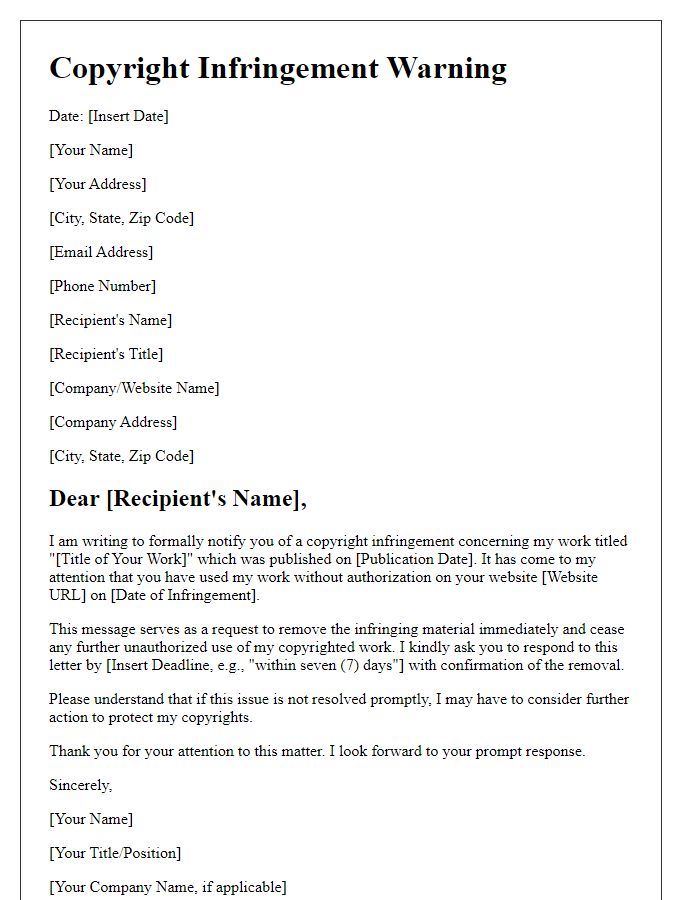
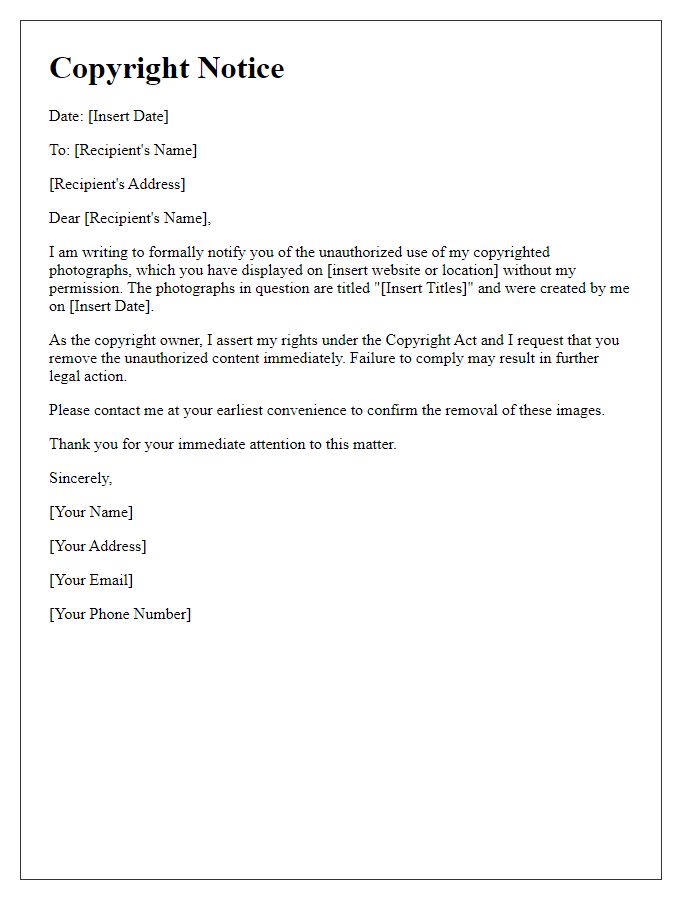
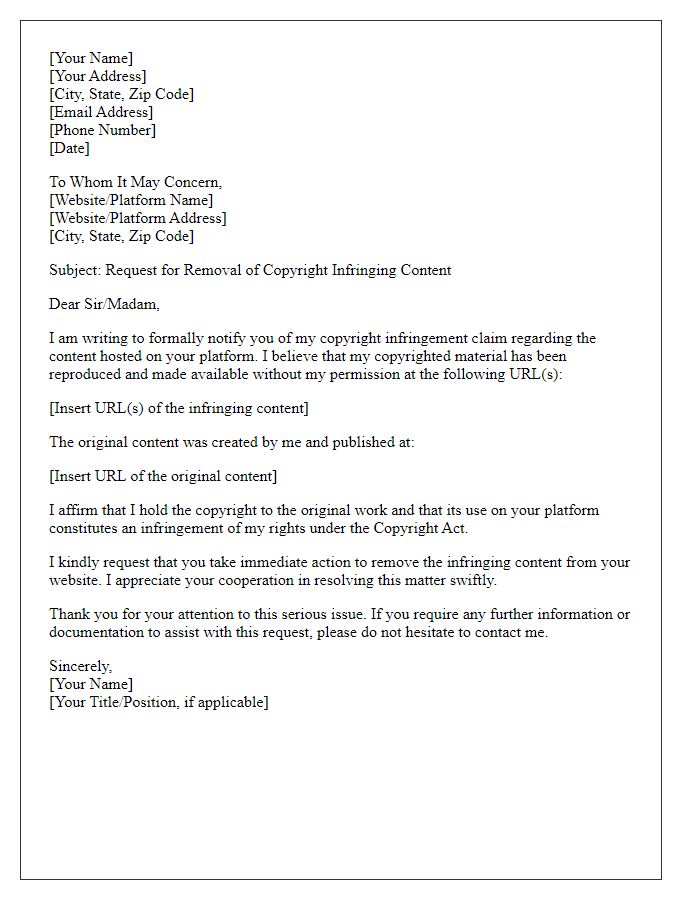
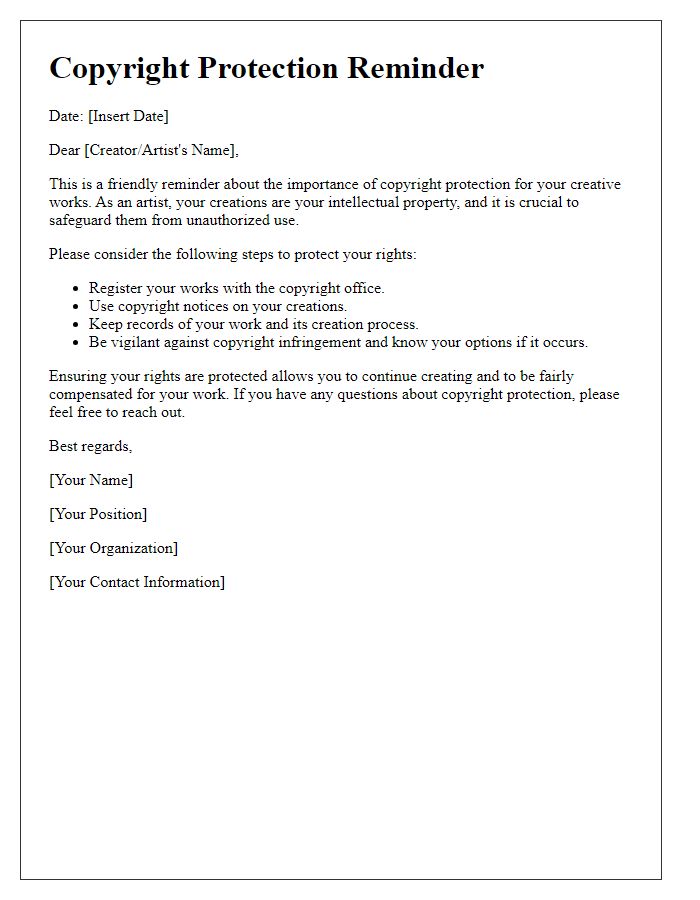



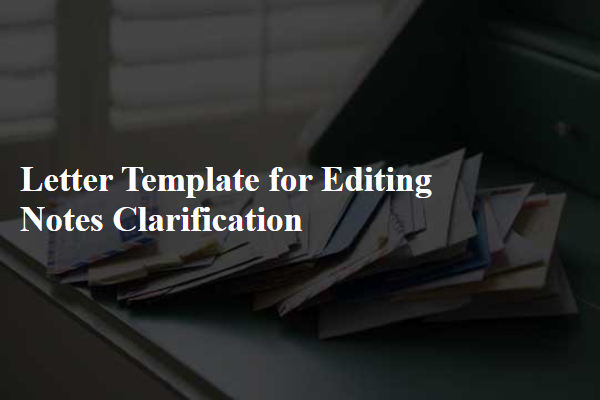
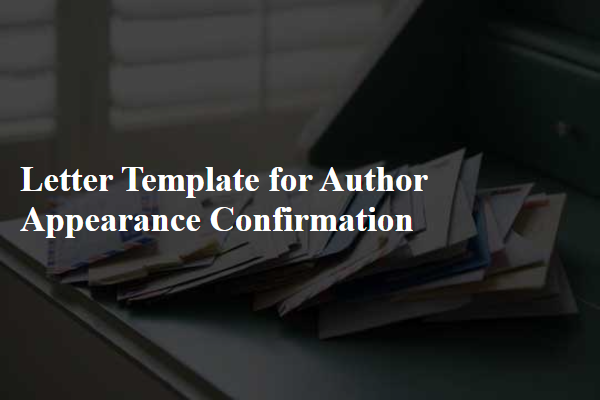
Comments